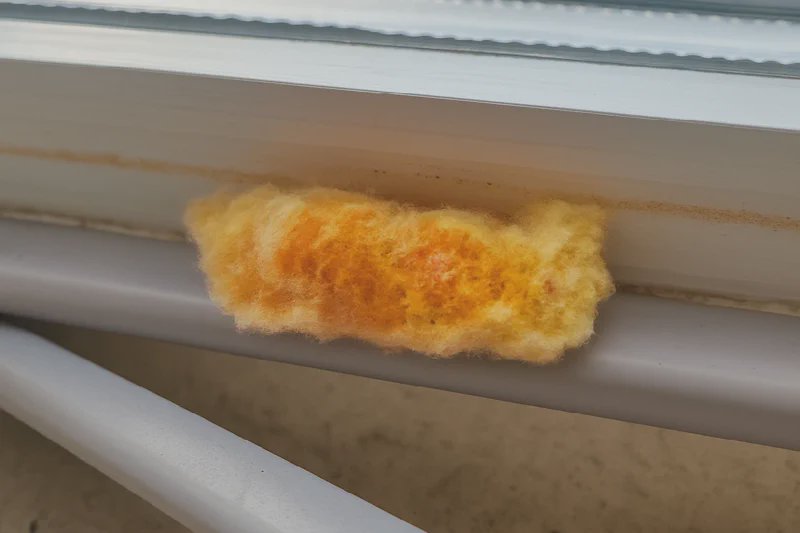
While inspecting a home recently, I came across something I hadn’t seen before: what looked like a fuzzy clump of fibreglass insulation tucked into a window frame. The homeowner told me there was a baby bee inside and that she’s seen them before. And just like that, I was reminded—every home visit is a chance to learn something new.
Based on the appearance and location, I suspect this was the nest of a solitary bee. These bees often create their nests in crevices, and window frames are a common spot. Unlike honeybees or aggressive wasps like Yellowjackets or bald-faced hornets, solitary bees don’t build large colonies. They tend to keep to themselves, raise their young independently, and pose little risk to people or pets.
In fact, solitary bees are often native pollinators, quietly doing the important work of supporting our local ecosystems. They’re usually non-aggressive and play a valuable role in the natural balance of gardens and green spaces.
In this case, I advised the homeowner to leave the nest alone. It wasn’t causing any harm, and there was no sign of an active infestation. Sometimes, the best pest control decision is to let nature be.
If you ever spot an unusual structure around your home—whether it’s a bee nest, a spider egg sac, or something unidentifiable—contact us. Part of balanced pest management is knowing when to act, and when to simply observe.